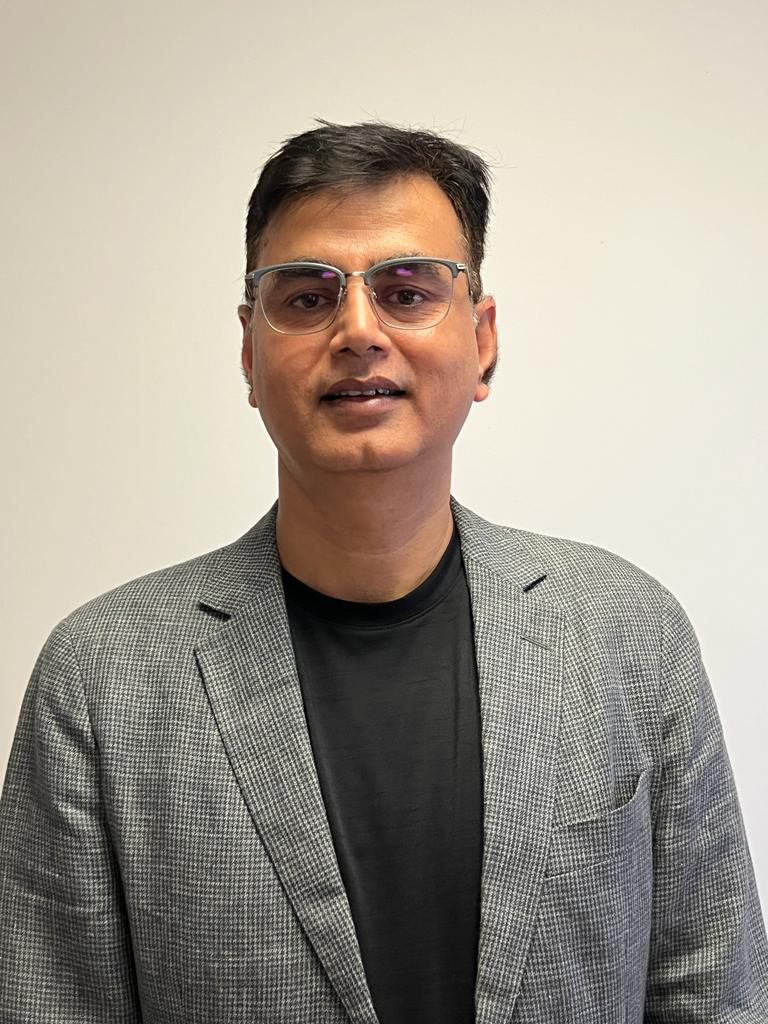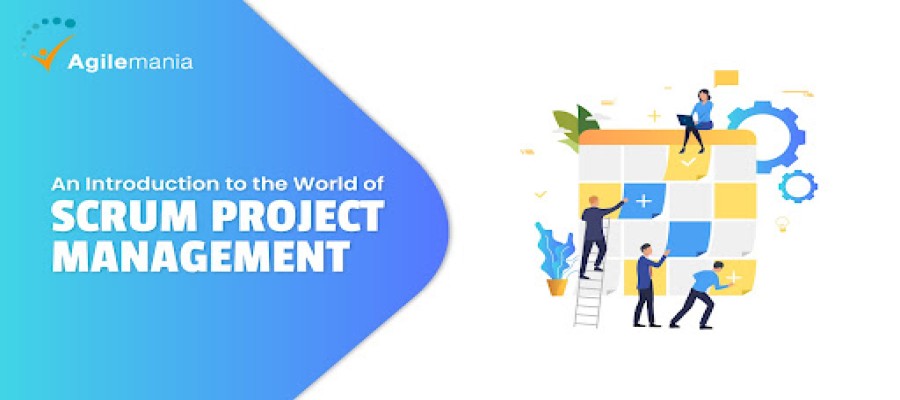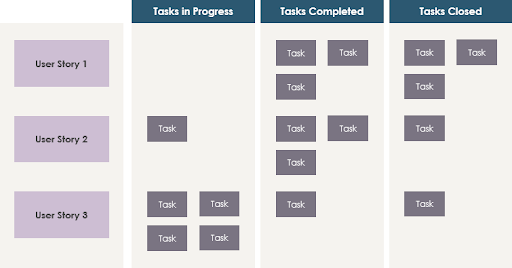
Satyajit Gantayat
Satyajit has broad and deep experience in Agile coaching at the strategic senior executive level wh... Read more

Satyajit has broad and deep experience in Agile coaching at the strategic senior executive level wh... Read more

Scrum is a lightweight agile framework that encourages team members to work on a problem together. It helps teams to gather knowledge from experience and learn self-organization through working on an issue. Scrum is based on Empiricism, which means knowledge comes from experience. Scrum encourages teams to improve by reflecting on their success and losses.
Scrum follows three basic principles- clear progress, regular inspection, and adaptation. Software development teams use scrum to deliver working software to the customers. However, the lessons and principles of scrum are relevant to all types of teamwork. A lot of people often get confused between scrum and agile. They think both are the same, but they are different. Although scrum follows the values & principles of agile, it's a framework for solving complex problems. On the other hand, agile is more of a mindset and change in culture. You can't convince your team to put effort and dedication into developing an agile mindset.
But you can help them achieve an agile mindset by implementing agile values & principles through the scrum framework. For those who are still not aware of the concept of the scrum, we have everything you need in this article. We will introduce you to scrum and its artifacts, events, and most importantly, its benefits. So, read on to know about scrum.
Want to become a Scrum Master? Enroll in the Professional Scrum Master (PSM-I) Certification Training
That means they have to return to emails, calls and attend meetings, demos frequently. The product owner will ensure the product backlog is transparent and visible to every stakeholder. They coach the team about the items in the product backlog. If the team needs any answers regarding any requirements in the product backlog to achieve their scrum goal, the product owner comes to help.
The product owner stays with the team from the beginning to the end of the software development project. They must have excellent communication skills and empathy to understand different individuals in the team.
Become a Product with the Professional Scrum Product Owner (PSPO-I) Certification Training.
It is a live document which is refined continuously. The product backlog lists every feature, user story, use cases, bug fixes, and all the improvements that enable any changes to be made in the future release of the product. The developers help the product owner in estimating the items in the backlog.

Sprint Planning: Sprint planning or sprint meeting occurs at the start of each sprint. The planning ensures that the development team is all set to work on the product development. In scrum planning, the scrum master, product owner, and the development team meet together to discuss and review the prioritized items in the product backlog. During this planning, the teamwork on creating a sprint backlog. The Sprint Goal is also created during the Sprint Planning event and then added to the Sprint Backlog. In the sprint planning, the entire team answers some important questions like:
Sprint Review: After each sprint, the entire scrum team (scrum master, product owner, development team) organizes a sprint review meeting. Key stakeholders are invited to provide their feedback in the work done by the scrum team. The scrum presents the result of their work done during the sprint. It's an informal meeting in nature, where everyone shares their opinion, feedback on what they need to do in the next sprint. At the end of the sprint review, the team creates a revised product backlog that lists the item for the next sprint.
Sprint Retrospective: Before the next sprint planning and after the sprint review, the sprint retrospective happens. In the Retrospective, the team discusses what they did right, what went wrong in the previous sprint. And how they could do better in the next sprint. It helps them to understand the room for improvement in the next sprint. The scrum master, product owner, and the development team attends sprint retrospective.
A sprint retrospective typically lasts 1-2 hours for a 2-week-long sprint. So, now that we’ve covered everything you need to know about scrum, let’s move on to know how scrum works: Let’s say HealthyWealthy is a newly launched application. It takes care of all our health care needs. The HealthyWealthy company assigned Chris as the software product owner to develop some app features. The development team for the product was made of a group of designers, developers, testers, writers, and analysts.
The team works collaboratively to deliver the product effectively. The company also assigned Martha as the Scrum Master to lead the team, run the meetings, and keep everything in a process. As a product owner, Chris’s first job is to document the requirements. He invites customers, and other stakeholders, to discuss the requirements. After collecting the product requirements, Chris writes them down in the product backlog. Next, along with the development team, Chris starts to prioritize items from the product backlog. The high-priority items are put in the sprint backlog as user stories. At the end of each sprint, these user stories will become the deliverable software.
They will work on the user stories 1,3,4,5,6 in the first sprint. And items 2 and 7 will be completed in the next sprint. After planning Martha, the scrum master calls the development team to show how they will implement the items. The tasks are written down on the scrum board, and every team member chooses a task to work on.
Sprint 1- (Day 1) On the first day, the entire scrum team meets for their daily scrum meeting. The team discusses- what they achieved till now, what they are planning to work on today, if there’s any scope of problems, etc. After 10-15 minutes of scrum meeting, everyone gets back to their work. The scrum master, Martha, helps the team update the scrum board and the sprint burndown chart.
Sprint 1- (Day 5) In the morning, the whole scrum team gets together for the daily scrum meeting. If they face any problem with the user stories while working on their product development project, they connect with Chris to ask for advice.
Sprint 1- (Day 30)
Satyajit has broad and deep experience in Agile coaching at the strategic senior executive level while also coaching and uplifting the capability of teams and individuals. An Agile Coach and SAFe® Practice Consultant with more than 24 years of experience.
WhatsApp Us

We will get back to you soon!
For a detailed enquiry, please write to us at connect@agilemania.com
We will get back to you soon!
For a detailed enquiry, please write to us at connect@agilemania.com

